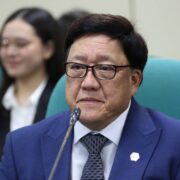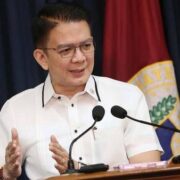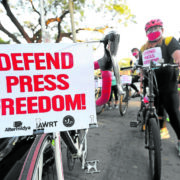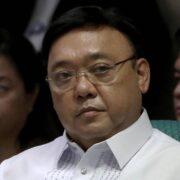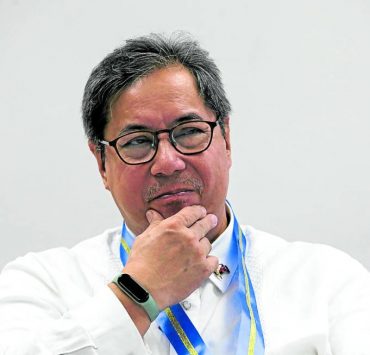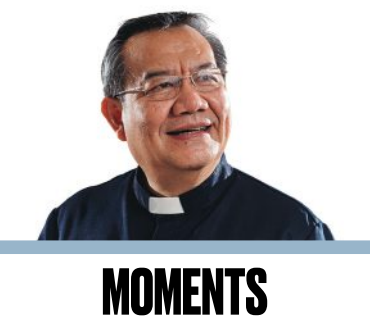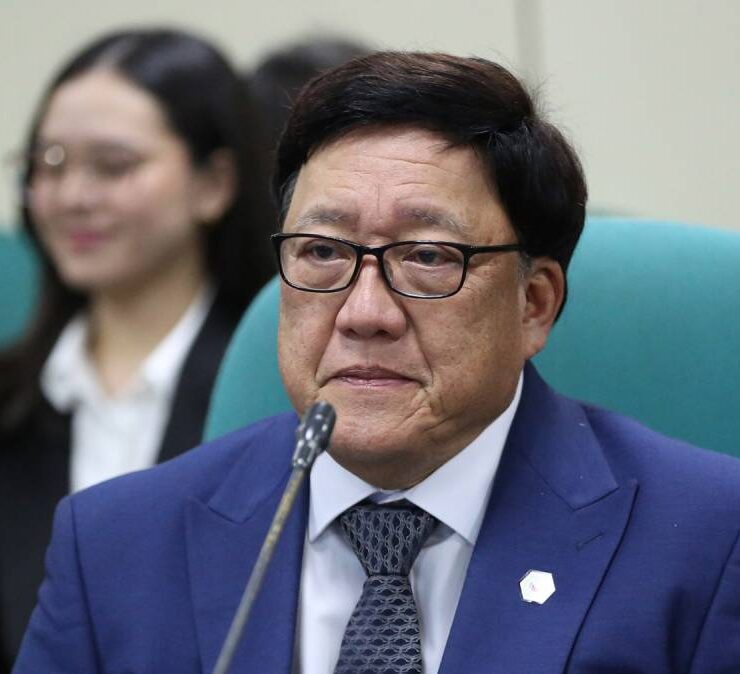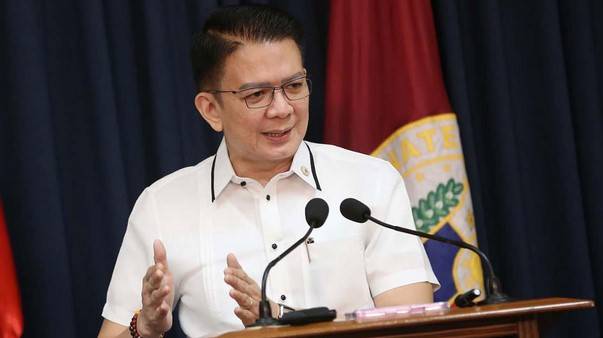The significance of Ninoy Aquino’s assassination
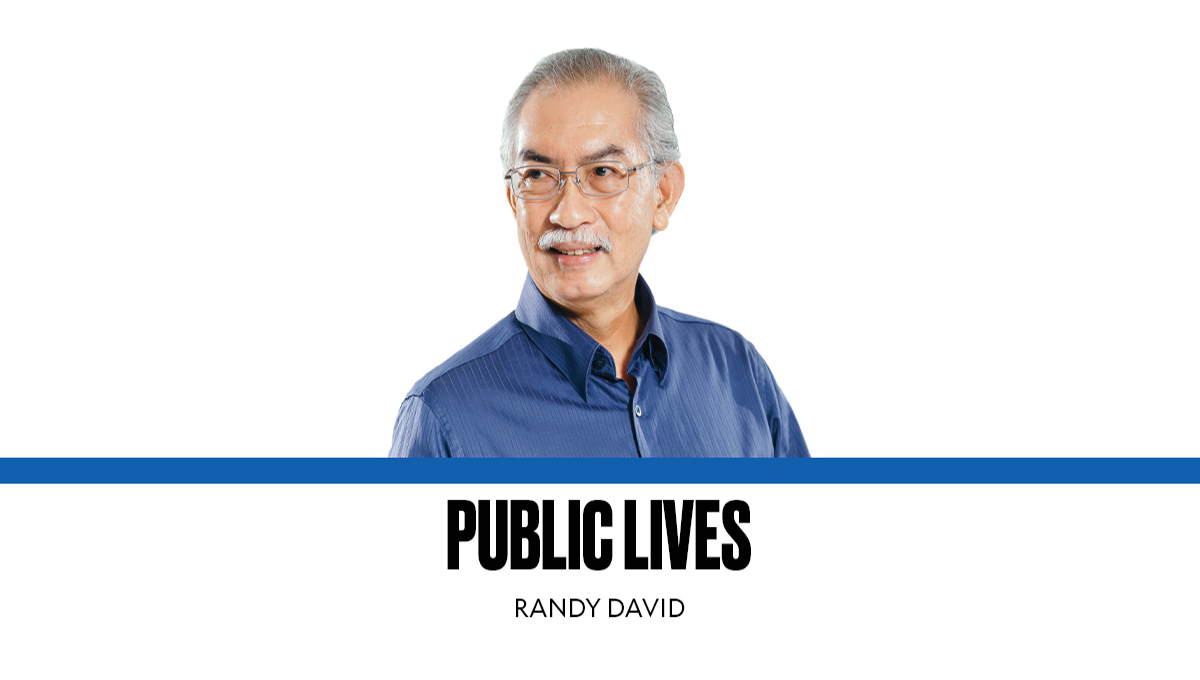
Forty-one years have passed since former senator Benigno “Ninoy” Aquino Jr. was brazenly murdered at the Manila International Airport on the day of his return from exile in the United States. An entire generation of Filipinos has little memory of that event. To them, the public holiday that is meant to provide Filipinos the occasion to reflect on the significance of his assassination by state forces is just another chance to enjoy a paid nonworking day.
President Marcos’ Executive Order No. 665 resetting the Aug. 21 commemoration to Aug. 23, a Friday, to make room for a gratifying four-day weekend, reinforces this forgetful mindset. (Aug. 26, a Monday, is National Heroes Day.) It shrewdly erases from the national consciousness an event that contradicts the revisionist portrayal of the Marcos dictatorship as a benign and lawful regime.
As pioneers in the art of deploying people power to oust a dictator, we Filipinos like to remember the four-day phenomenon that overthrew the Marcos regime as virtually bloodless and nonviolent. But if we shift our gaze to the long years of resistance preceding the collapse of the dictatorship, it would be hard to miss the countless lives that were brutally destroyed by the regime.
We tend to highlight the nonviolent culmination of a long and arduous struggle, forgetting the heroic sacrifices made by ordinary people to free the country from the clutches of an odious regime. Not long after Ninoy’s very public murder, people realized that his death cast a piercing light on all the other past victims of the dictatorship. The spontaneous movement that grew out of that realization was named “JAJA”—Justice for Aquino, Justice for All.
Ninoy’s assassination awakened the middle class from its stupor. It stirred the business community, long accustomed to playing it safe under any administration, into action. Politicians, technocrats, and members of the intelligentsia, who had participated in the dictatorship’s elaborate charade to project a legitimate order, began to distance themselves from the regime.
The daylight murder of the country’s most prominent opposition politician made them see their own vulnerability, and perhaps also their complicity in the perpetuation of a corrupt and cruel regime. More significantly, Ninoy’s death emboldened millions of ordinary Filipinos to pour out into the streets to mourn the passing of the dictatorship’s latest victim. His funeral became the birthplace of people power.
The rapid succession of events that followed his death exposed a break within the country’s ruling class that the ailing dictator could not deny or repair. The rift made it easy to form a multiclass coalition that resolutely called for a peaceful and orderly transition to democracy. The need to ensure a bloodless transition was precisely the gist of the message that Ninoy had come home, some say naively, to personally deliver to Marcos. Though he was murdered before he could speak to Marcos, his death galvanized a nationwide movement that sought to spare the country from the dangers of a looming civil war. In a lot of ways, Ninoy’s supreme sacrifice of his own life was the price he had to pay to ensure the “miracle” that was Edsa.
Regime change through people power has since been resorted to in a number of countries that had been ruled by brutal autocrats. The outcomes have been mixed. Many of these movements succeeded in toppling regimes and installing new ones. Noteworthy were those that occurred in succession in the capitals of Eastern European socialism. But others—like the student-led democracy movement at Tiananmen Square in China—tragically ended in the deadly suppression of unarmed protestors and the further entrenchment of authoritarianism.
As we have recently seen in Bangladesh, the democratization trend continues despite the resurgence of strongman politics in many parts of the world, including the Philippines. There, as in our country in 1986, the military refused to participate in the further suppression of protests. More than 300 people, mostly university students, died in just three weeks of street battles with the police. The army’s refusal to lift a finger to defend Prime Minister Sheikh Hasina’s detested regime forced her to eventually flee.
But, unlike at Edsa, her frantic departure did not end in the swearing-in of a new leader ready to assume the reins of government. Instead, it sparked new riots, this time aimed at the police itself and leaders of her political party. The wave of violent reprisals that followed forced the army to intervene. The military made a move to assume the reins of government.
But the students, who had led the protests and tried to keep a semblance of order after the police abandoned their posts, astutely asserted their right to have a say in the formation of an interim government. With the military’s consent, they called on the highly respected Muhammad Yunus, 1984 Ramon Magsaysay awardee and recipient of the 2006 Nobel Peace Prize to lead a caretaker government. His mandate—to restore the peace and pave the way for the election of a new government—is far from easy. Though the political tension has subsided, Bangladesh’s future remains uncertain.
public.lives@gmail.com





